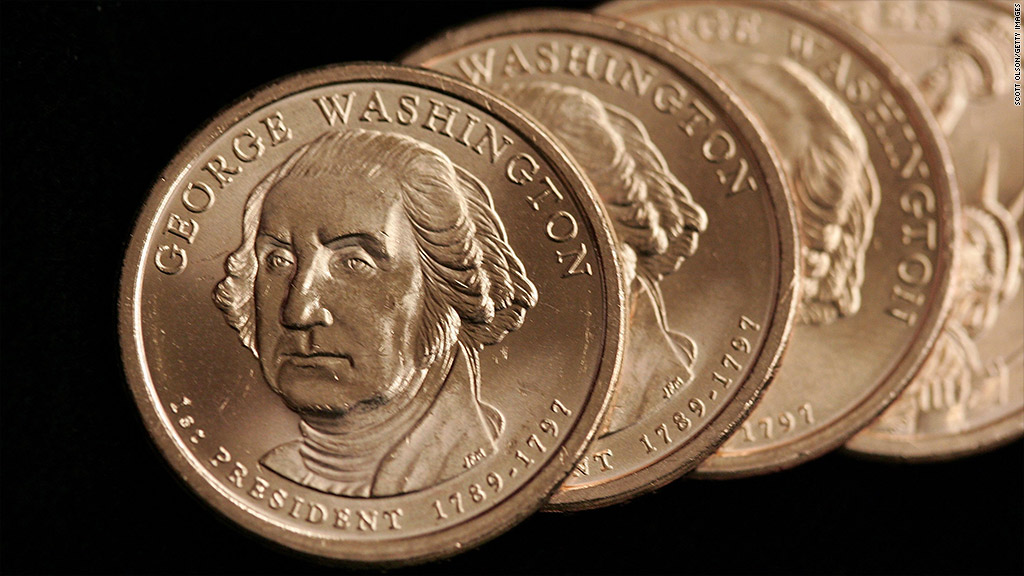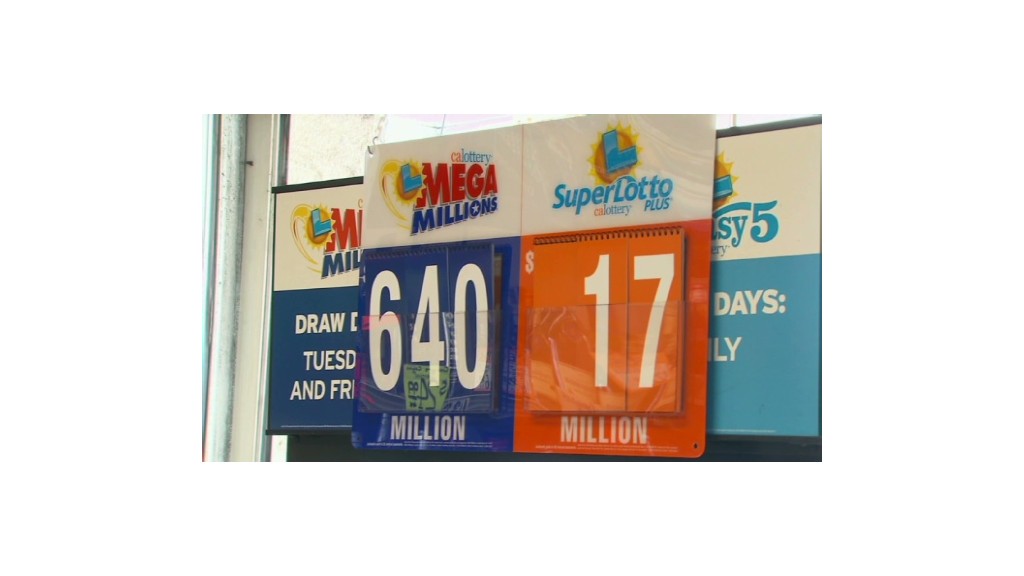
A nonpartisan, investigative arm of Congress is calling for the United States to stop printing dollar bills and switch entirely to $1 coins instead.
Why? Because the Government Accountability Office believes it could save Uncle Sam money.
A $1 coin typically costs about 30 cents for the U.S. Mint to produce, but then the government can sell them to Americans for a dollar each. That financial gain is called seigniorage, and over a period of 30 years, it could save the U.S. government about $4.4 billion, the GAO said. These coins typically last around 30 years.
In contrast, producing paper bills is cheaper, at about 5 cents apiece. But they also wear far more quickly. A typical $1 bill lasts only 4.7 years, according to GAO estimates.
The push is nothing new. The GAO has been recommending the change for the last 22 years, and will try again Thursday in a hearing before the House Financial Services Committee.
"We continue to believe that replacing the note with a coin is likely to provide a financial benefit to the government if the note is eliminated and negative public reaction is effectively managed through stakeholder outreach and public education," Lorelei St. James, a GAO director, said in prepared remarks to be presented Thursday.
St. James points to 10 countries, including Canada and the United Kingdom, that have successfully replaced low-denomination notes with coins, even in spite of public disapproval.
The report also notes that as inflation erodes the purchasing power of a currency, low-denominated notes like the $1 bill are circulated more quickly, causing wear and making the switch to coins more worthwhile.
Related: Treasury declines to brand China a currency manipulator
The main challenge is the switch remains controversial among the public, the vending machine industry and even the Federal Reserve.
As of May, the Fed had amassed $1.4 billion in $1 coins in its vaults because demand for the coins remains weak.
The Treasury Department suspended the production of the coins, for the most part, last December. The U.S. Mint now only produces a few new presidential designs -- like those featuring Chester Arthur and Grover Cleveland -- to satisfy the demands of collectors.

Louise Roseman, director of the Federal Reserve Bank operations and payment systems, wrote a letter to the GAO last year, questioning whether switching to coins would pose any broader economic benefit.
Seigniorage, she said, is merely a "revenue transfer from the private sector to the government", and it doesn't include the costs to the banking industry, retailers, the Federal Reserve and consumers.
Related: Obama wants cheaper pennies and nickels
Under seigniorage, the U.S. government gains money when it produces dimes, quarters and dollar coins, because it costs less to produce these coins than they are worth in circulation.
The government loses money, however, when it produces pennies and nickles -- a problem President Obama has asked Congress to fix, by granting the U.S. Mint greater flexibility to use a cheaper makeup of metals in their production.


